Using a Ring Mandrel
Question #1:
When I place a ring on the ring mandrel, at what point of the ring do I measure the size? The center of the shank, the top, or the bottom?
-Lindsay in Elkhart, Indiana
Question #2:
Is it necessary to have a steel ring mandrel? I have a black plastic one and the wire seems to slip. Would this happen with a steel one?
When I place a ring on the ring mandrel, at what point of the ring do I measure the size? The center of the shank, the top, or the bottom?
-Lindsay in Elkhart, Indiana
Question #2:
Is it necessary to have a steel ring mandrel? I have a black plastic one and the wire seems to slip. Would this happen with a steel one?
Instructions
Answer #1:
Due to the width of some rings, this can be confusing. To measure a ring on a ring stick or mandrel, use the measurement that is in the center of the shank.
Answer contributed by Dale "Cougar" Armstrong
Due to the width of some rings, this can be confusing. To measure a ring on a ring stick or mandrel, use the measurement that is in the center of the shank.
Answer contributed by Dale "Cougar" Armstrong
Answer #2:
Thanks for the opportunity to talk a bit about ring mandrels! Although the plastic one you mention is called a 'mandrel', it really is a ring 'stick' which is great for finding out the size of a ring that someone wants to have measured, or for making certain designs such as smaller style rings or some seed beaded rings, but not very stable for beating metal or wire rings.
A wooden ring mandrel is a tool used mainly by the artist who does lost wax designs, PMC, clay, etc, but can also be used in the above mentioned scenarios. A metal ring mandrel made of copper, aluminum or stainless steel is best when working in our medium of metal wires, (and over time, those made of copper or aluminum can become dented and scratched).
There are also several styles of ring mandrels to choose from. A graduated mandrel, (stainless steel), is my personal choice for making wire rings. The graduation allows a wire artist to push or slide the ring form down as a pattern may call for, to help with sizing the shank, whereas a 'stepped' mandrel will not, (it resembles the stepped side of 3-step round pliers). A grooved ring mandrel is nice for the person who makes a lot of bead rings, (and sometimes I like it when making cut stone rings to help protect the culet of a stone). There is also a ring mandrel with one flat side, for the person who frequently makes Pharaoh's cabochon rings. In my opinion a wire artist only needs one graduated, stainless steel ring mandrel.
To summarize, although a plastic ring stick is less expensive than the other options, as with any tool choice, think about what you want to make/do with the tool before you purchase it. Rather than having to replace a less expensive tool every few years, sometimes it's better to spend a little bit more on a good product that will last a lifetime!
Answer contributed by Dale "Cougar" Armstrong
Thanks for the opportunity to talk a bit about ring mandrels! Although the plastic one you mention is called a 'mandrel', it really is a ring 'stick' which is great for finding out the size of a ring that someone wants to have measured, or for making certain designs such as smaller style rings or some seed beaded rings, but not very stable for beating metal or wire rings.
A wooden ring mandrel is a tool used mainly by the artist who does lost wax designs, PMC, clay, etc, but can also be used in the above mentioned scenarios. A metal ring mandrel made of copper, aluminum or stainless steel is best when working in our medium of metal wires, (and over time, those made of copper or aluminum can become dented and scratched).
There are also several styles of ring mandrels to choose from. A graduated mandrel, (stainless steel), is my personal choice for making wire rings. The graduation allows a wire artist to push or slide the ring form down as a pattern may call for, to help with sizing the shank, whereas a 'stepped' mandrel will not, (it resembles the stepped side of 3-step round pliers). A grooved ring mandrel is nice for the person who makes a lot of bead rings, (and sometimes I like it when making cut stone rings to help protect the culet of a stone). There is also a ring mandrel with one flat side, for the person who frequently makes Pharaoh's cabochon rings. In my opinion a wire artist only needs one graduated, stainless steel ring mandrel.
To summarize, although a plastic ring stick is less expensive than the other options, as with any tool choice, think about what you want to make/do with the tool before you purchase it. Rather than having to replace a less expensive tool every few years, sometimes it's better to spend a little bit more on a good product that will last a lifetime!
Answer contributed by Dale "Cougar" Armstrong



Some additional information from an earlier post of Dale's on the different styles of Ring Mandrels
Plastic/acrylic and wood: most of these mandrels are great for using as a ring "stick," to see what size of ring a customer has who wants you to make one the same size, or to check and size rings you have made. They can also be used for making what I call simple rings, where a thin strand of wire is wrapped around the mandrel one or more times to shape and then form into a ring (with or without beads).
Hollow nickel, solid brass, and solid stainless steel: metal is the best to purchase, as it is a "one-time-purchase" that will last a lifetime! Thinking about most of the rings I make and teach, most of them need to be forged and or shaped by using a mallet (rawhide or nylon/plastic) to beat the ring while it is on the mandrel, a metal mandrel is the proper surface to do so. It will not dent; splinter, crack or "give," and it still can act as a ring stick. The metal choice is yours; the Wire-Sculpture Faculty and I prefer using a stainless steel ring mandrel.
While we are on the subject of ring mandrels, I would like to mention the shapes available. The two basic ring mandrel shapes are stepped and graduated.
A stepped mandrel is one that actually has a defined step for each whole size (like 3, 4, 5, etc) there are no half or quarter sizes (similar to the stepped jaw on the 3-step round pliers). One cannot make a ring and slide or force it down this mandrel to size or work harden the wires.
A ring mandrel that is graduated resembles the jaw of regular round-nose pliers. It also has more size possibilities such as quarter and half-sizes. This is my favorite ring mandrel shape as one can really make rings "to size" by being able to slide them up and down during creation.
A ring mandrel that has a flat side is perfect for making the Classic Cabochon Ring. If one is going to make this style exclusively, then purchasing one is a good decision, however a regular, graduated metal ring mandrel will also do the job nicely. The flat side can also be used when making rings with faceted stones as the culet of the stone will not be damaged during the creation process.
The ring mandrel that has a groove running along one side is great for making rings that contain a focal bead, or for making rings with faceted stones. Just keep the ring positioned so the focal item is within the groove.
With all of these choices, I will tell you that I personally use a graduated stainless steel ring mandrel about 98% of the time, although I do have another (same material and shape) with a flat side, but I usually forget I have it!
Answer contributed by Dale "Cougar" Armstrong
Answer contributed by Dale "Cougar" Armstrong
Materials
No materials listed
Tools

Stainless Steel Ring Mandrel Sizes 1-15
G7-2
- G7-2
- Lesson Quantity: 1.00 pieces
- Purchase Quantity: 1.00 each
- Price: $37.97
- Gold Club Price: $28.48

Wood Ring Mandrel - Pack of 1
G7-55
- G7-55
- Lesson Quantity: 1.00 pieces
- Purchase Quantity: 1.00 each
- Price: $12.97
- Gold Club Price: $9.73

Plastic Ring Stick - Pack of 1
G7-1
- G7-1
- Lesson Quantity: 1.00 pieces
- Purchase Quantity: 1.00 each
- Price: $5.97
- Gold Club Price: $4.48

Ceramic Ring Mandrel
HOL-155.00
- HOL-155.00
- Lesson Quantity: 1.00 pieces
- Purchase Quantity: 1.00 each
- Price: $17.95
- Gold Club Price: $13.46

360 Degree Mandrel Vise with Mandrel
G7-11
- G7-11
- Lesson Quantity: 1.00 pieces
- Purchase Quantity: 1.00 each
- Price: $49.97
- Gold Club Price: $37.48
- Category: Tools
- Technique(s): General Education







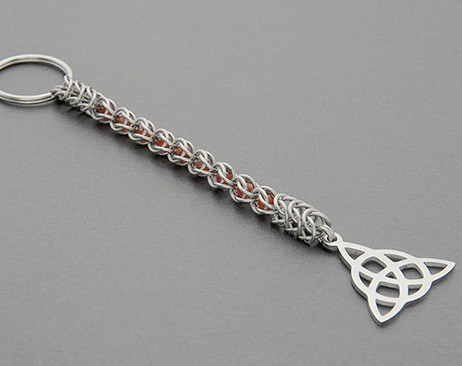

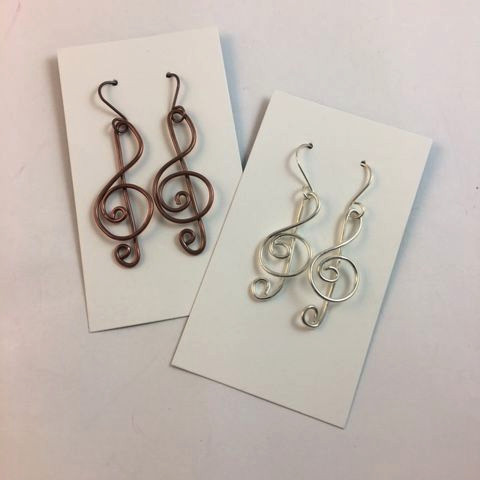

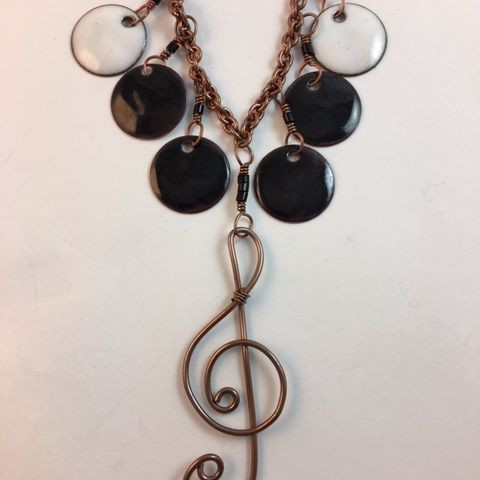
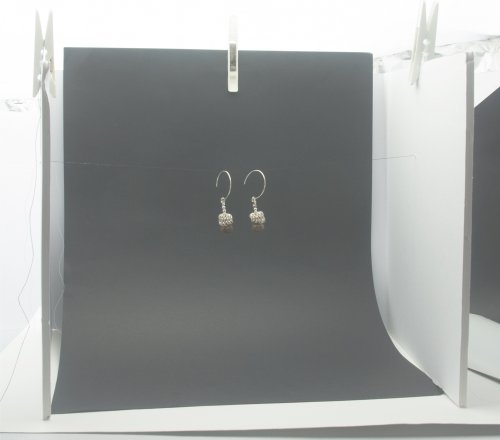
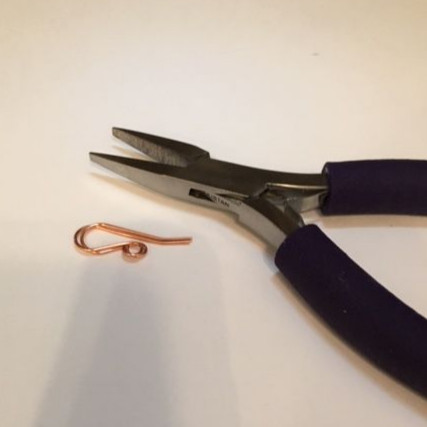
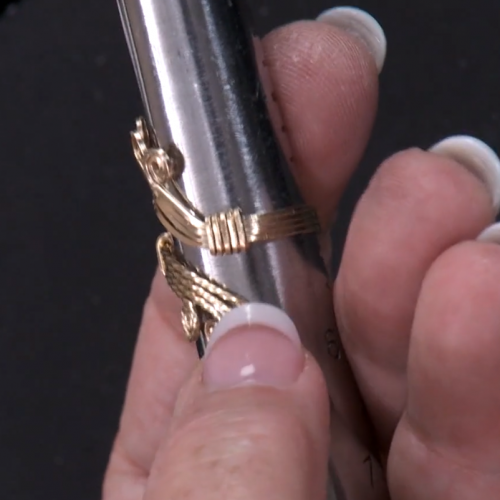


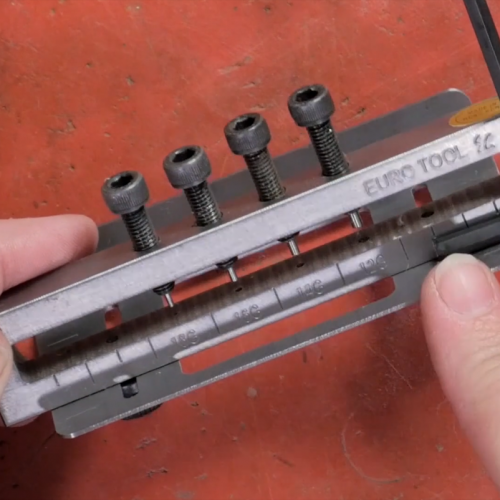
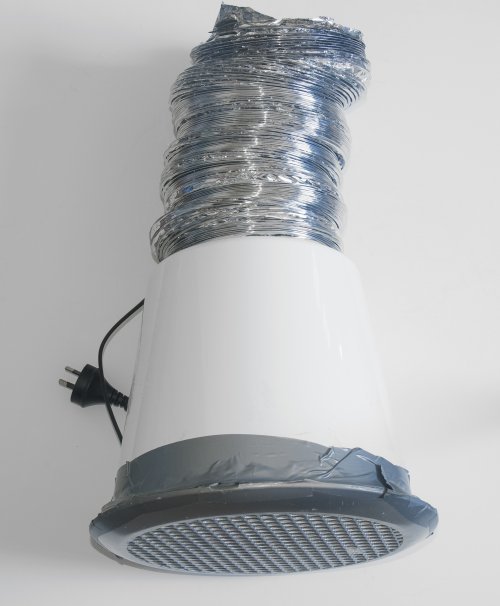

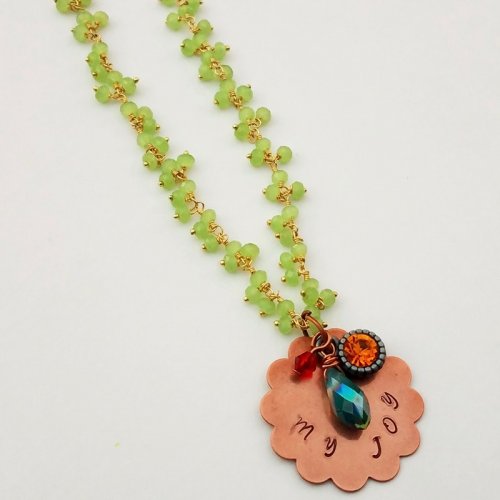



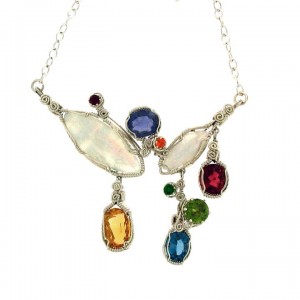 Sell or Display Valued Stones
Sell or Display Valued Stones Cleaning with Baking Soda
Cleaning with Baking Soda Purple Turquoise and Turquoise Facts
Purple Turquoise and Turquoise Facts Irradiated Quartz Necklace
Irradiated Quartz Necklace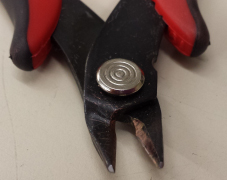 Removing Rust Without Damaging Tools
Removing Rust Without Damaging Tools Wire Jewelry to Make as You Sell
Wire Jewelry to Make as You Sell All About Soft Wire
All About Soft Wire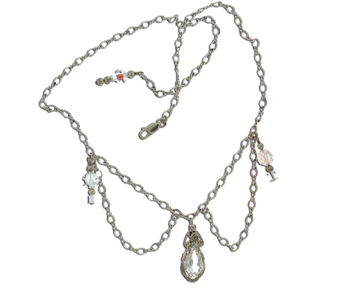 Chain Lavaliere
Chain Lavaliere Wire Metal Substitutions
Wire Metal Substitutions Glue for Finishing Cords
Glue for Finishing Cords My Fingers Hurt
My Fingers Hurt Taming the Wild Wire Bundle
Taming the Wild Wire Bundle Making Matching Freeform Earrings
Making Matching Freeform Earrings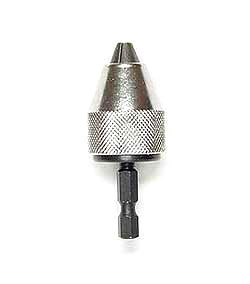 What is My Wire's Circumference
What is My Wire's Circumference Testing True Ivory
Testing True Ivory Is My Coral Real
Is My Coral Real Wrapping Tiny Cabs
Wrapping Tiny Cabs Finished Leather Cord
Finished Leather Cord Prevent Scratches on Cabochons
Prevent Scratches on Cabochons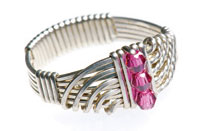 Crystal Wave Ring Finishing Tips
Crystal Wave Ring Finishing Tips Purity and Sensitivity with Argentium Silver
Purity and Sensitivity with Argentium Silver Wrapping Coins for Jewelry
Wrapping Coins for Jewelry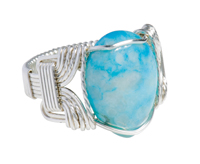 Wrapping a Large Pearl Ring
Wrapping a Large Pearl Ring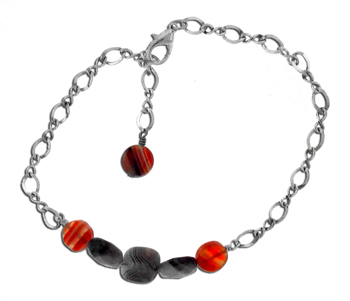 Perfect Chain for Wire Jewelry
Perfect Chain for Wire Jewelry How Do I Keep Square Wire From Twisting When Wrapping
How Do I Keep Square Wire From Twisting When Wrapping Wire Temper by Number
Wire Temper by Number Will Liver of Sulfur Harm Lampwork Beads
Will Liver of Sulfur Harm Lampwork Beads Forging Copper Wire
Forging Copper Wire Insurance for Art and Craft Shows
Insurance for Art and Craft Shows Wire Temper for Ear Pins
Wire Temper for Ear Pins Wire Size for Wrapping a Cabochon
Wire Size for Wrapping a Cabochon Can I Use the Copper Wire From Electrical Wire
Can I Use the Copper Wire From Electrical Wire Wire Jewelry for a Home Party
Wire Jewelry for a Home Party What is a Juried Craft Show
What is a Juried Craft Show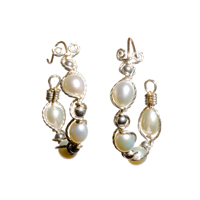 Wire Wrap Ideas for Beginners
Wire Wrap Ideas for Beginners What is the Difference Between Different Plated Jewelry
What is the Difference Between Different Plated Jewelry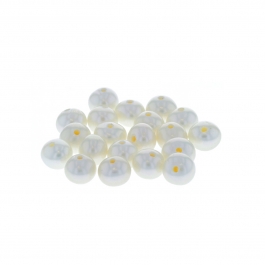 Wrapping Pearls onto a Hair Grip
Wrapping Pearls onto a Hair Grip Formulas for Pricing Jewelry and Selling Jewelry- Boutique Markup
Formulas for Pricing Jewelry and Selling Jewelry- Boutique Markup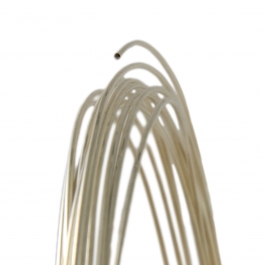 White Gold in Wire Jewelry
White Gold in Wire Jewelry What is White Gold
What is White Gold How to Clean and Repair Ivory Jewelry
How to Clean and Repair Ivory Jewelry Twisted Wire Tips
Twisted Wire Tips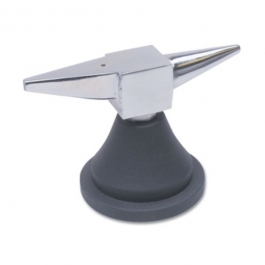 Forging Wire
Forging Wire Gemstone Ratings Explained
Gemstone Ratings Explained Finishing a Cabochon Frame
Finishing a Cabochon Frame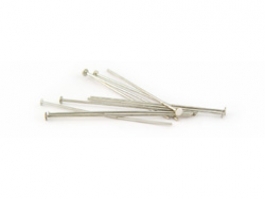 Making Tiny Headpins Larger
Making Tiny Headpins Larger Sorting and Using Scrap Wire
Sorting and Using Scrap Wire Silver and Nickel in Ear Wires
Silver and Nickel in Ear Wires Options for Practice Wire
Options for Practice Wire Help with Pricing Wire Jewelry
Help with Pricing Wire Jewelry Flush Cutters vs. Side Cutters
Flush Cutters vs. Side Cutters Wrapping Small Gemstones
Wrapping Small Gemstones Argentium Silver Care
Argentium Silver Care Proper Care of Pearls and Opals
Proper Care of Pearls and Opals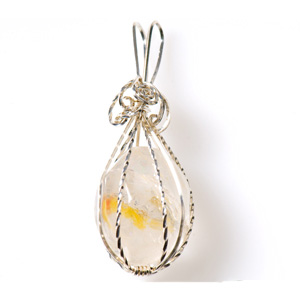 Wire Wrapping Stones with No Holes
Wire Wrapping Stones with No Holes Cup Bur Sizes for Wire Gauges
Cup Bur Sizes for Wire Gauges Learning How to Sell Jewelry
Learning How to Sell Jewelry Seashell Jewelry with an Underwater Finish
Seashell Jewelry with an Underwater Finish Anodized Aluminum and Chipping
Anodized Aluminum and Chipping Rock Tumbling 101
Rock Tumbling 101 Home Jewelry Show Inventory
Home Jewelry Show Inventory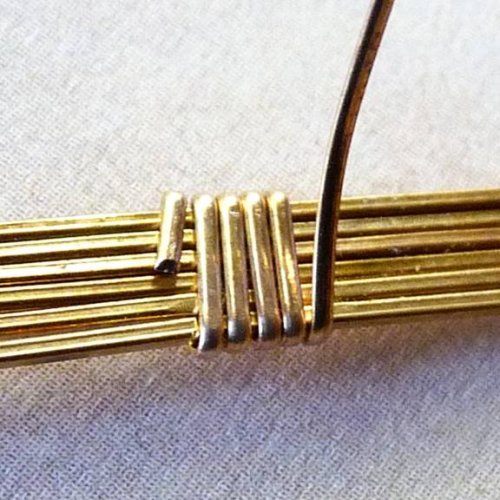 Wire Wrapping Term - To Show
Wire Wrapping Term - To Show Lindstrom or Swanstrom Pliers
Lindstrom or Swanstrom Pliers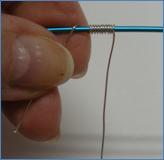 What is Niobium Wire
What is Niobium Wire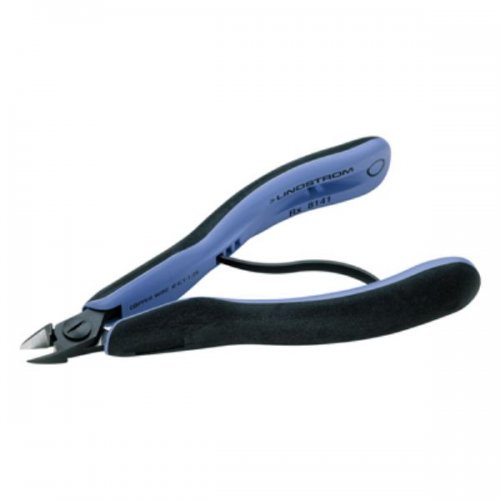 Can Lindstrom Cutters be Repaired
Can Lindstrom Cutters be Repaired Trillion Ring Designs
Trillion Ring Designs Copper Hat Pins
Copper Hat Pins Making Wire Jewelry from Patterns, and Copyright
Making Wire Jewelry from Patterns, and Copyright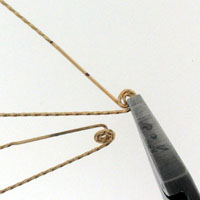 Removing Nicks and Scratches
Removing Nicks and Scratches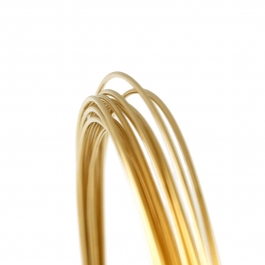 Pricing Jewelry Made with Gold Wire
Pricing Jewelry Made with Gold Wire How to Polish Apache Tears
How to Polish Apache Tears Which Wire Should I Use to Make My First Bracelet
Which Wire Should I Use to Make My First Bracelet Working with Small Jump Rings
Working with Small Jump Rings Repairing a Bead Wire
Repairing a Bead Wire Mixing Sterling Silver and Argentium
Mixing Sterling Silver and Argentium Wrapping a Pear-Shaped Cut Stone
Wrapping a Pear-Shaped Cut Stone Wrapping a Rectangle Cab
Wrapping a Rectangle Cab Oxidizing Sterling Silver
Oxidizing Sterling Silver What to Use in Jewelry Tumbler
What to Use in Jewelry Tumbler Wire Gauge for Hoop Earrings
Wire Gauge for Hoop Earrings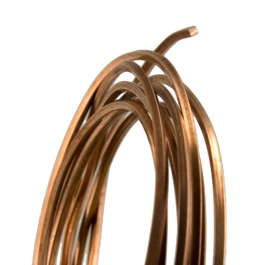 Protecting Copper from Tarnishing
Protecting Copper from Tarnishing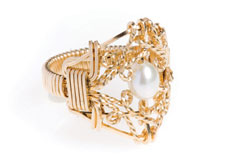 Resizing a Shank with Wire
Resizing a Shank with Wire Setting Stones in Jewelry
Setting Stones in Jewelry Bending Pattern Wire
Bending Pattern Wire Wire Wrapping Thick Stones with Little Girdles
Wire Wrapping Thick Stones with Little Girdles Enlarging Holes in Gemstones
Enlarging Holes in Gemstones Best Way to Make Jump Rings
Best Way to Make Jump Rings Removing Marker from Jewelry Wire
Removing Marker from Jewelry Wire Wire Size for Earrings
Wire Size for Earrings Where to Place Wraps on Free-Form Pieces
Where to Place Wraps on Free-Form Pieces How Do I Find Shows in My Area
How Do I Find Shows in My Area Master Wire Gauges with Draw Plates and Draw Plate Tips
Master Wire Gauges with Draw Plates and Draw Plate Tips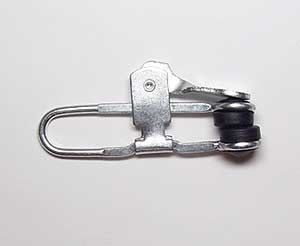 Holding Bundles of Wire Straight
Holding Bundles of Wire Straight Twisting Wire Evenly
Twisting Wire Evenly Why Use a Designer's Notebook
Why Use a Designer's Notebook Embossing Hammers and Wire Texture
Embossing Hammers and Wire Texture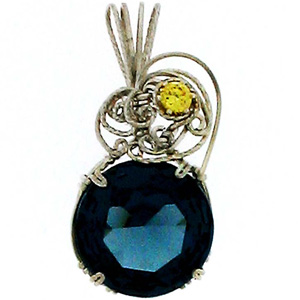 Making a Bracelet with Prong Set Stones
Making a Bracelet with Prong Set Stones What are Cold Connections
What are Cold Connections Supply Lists for Wire Jewelry DVDs
Supply Lists for Wire Jewelry DVDs Patina Silver-Plated Wire
Patina Silver-Plated Wire Prevent and Remove Verdigris
Prevent and Remove Verdigris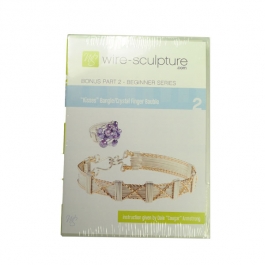 Is Work-Hardened Half Hard Wire, Hard Enough
Is Work-Hardened Half Hard Wire, Hard Enough What Are Some Better Selling Beginner Items
What Are Some Better Selling Beginner Items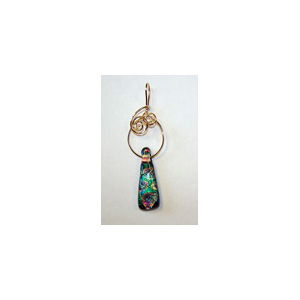 Removing Glue from Dichroic Glass
Removing Glue from Dichroic Glass One Jump Ring Gauge to Rule Them All
One Jump Ring Gauge to Rule Them All Adjusting Jewelry Prices with the Metal Market
Adjusting Jewelry Prices with the Metal Market Making Wire Jewelry for Men
Making Wire Jewelry for Men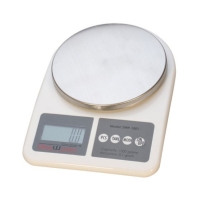 Determining Carat Weight
Determining Carat Weight Building on Snake Style Chain
Building on Snake Style Chain How to Keep Stainless Shot Free of Residue
How to Keep Stainless Shot Free of Residue Crochet Wire Designs
Crochet Wire Designs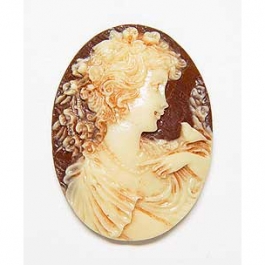 Heating Porcelain Cameos
Heating Porcelain Cameos Storing Your Jewelry
Storing Your Jewelry How to Win Awards for Jewelry Design
How to Win Awards for Jewelry Design Wrapping Small Stones
Wrapping Small Stones Tips for Working with 18G Wire
Tips for Working with 18G Wire Organizing Beads for Easy Jewelry Making
Organizing Beads for Easy Jewelry Making What Is a Cabochon
What Is a Cabochon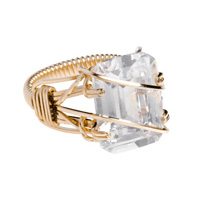 The Best Wire Temper for Rings
The Best Wire Temper for Rings Making Wire Jewelry with Crystals
Making Wire Jewelry with Crystals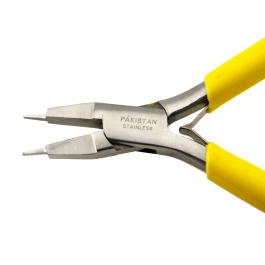 When to Use Flat Nose Prong Making Pliers
When to Use Flat Nose Prong Making Pliers Measuring for a Bracelet
Measuring for a Bracelet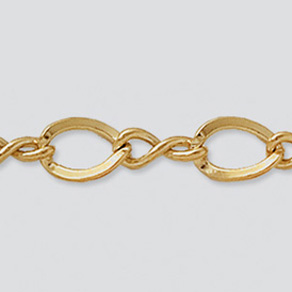 What Chain Sizes Are Best
What Chain Sizes Are Best Pharaoh Ring Wires
Pharaoh Ring Wires How to Wrap a Broken Cabochon
How to Wrap a Broken Cabochon How Do You Use Memory Wire
How Do You Use Memory Wire Organizing Jewelry Wire
Organizing Jewelry Wire Starting Position of Wrap for Ring Shanks
Starting Position of Wrap for Ring Shanks Faceted Gemstone Terms
Faceted Gemstone Terms What is the Average Size for Bracelets
What is the Average Size for Bracelets Red Rouge
Red Rouge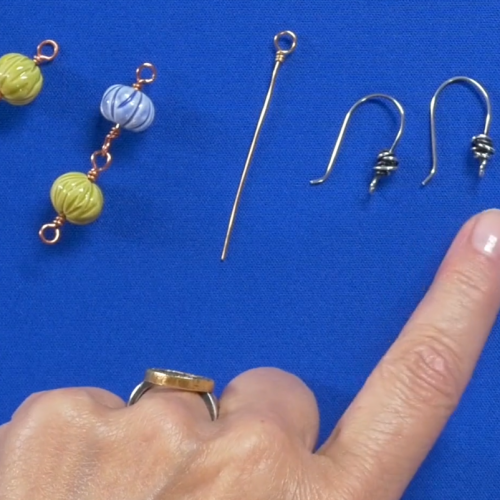 Rosary Links and Wire Temper
Rosary Links and Wire Temper Jewelers' Saws and Jump Rings
Jewelers' Saws and Jump Rings Wrapping Cabochons
Wrapping Cabochons What is Rolled Gold Wire
What is Rolled Gold Wire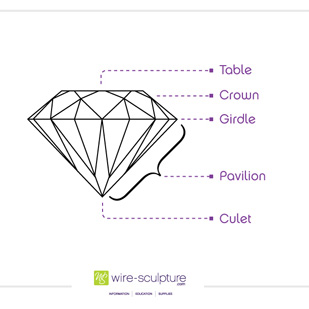 Traditional Gemstone Pendant Wrapping
Traditional Gemstone Pendant Wrapping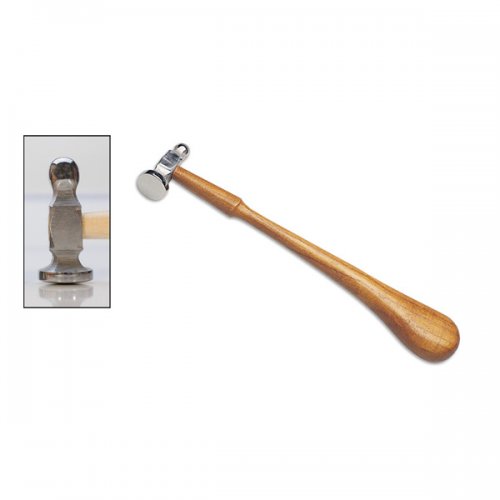 Flattening Wire with Hammers
Flattening Wire with Hammers Foolproof Jump Ring Closures
Foolproof Jump Ring Closures How to Use a Wire Gauge
How to Use a Wire Gauge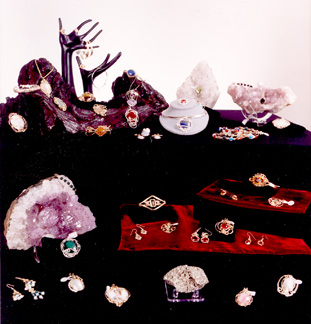 Jazz up Your Jewelry
Jazz up Your Jewelry Optivisor Distance and Magnification
Optivisor Distance and Magnification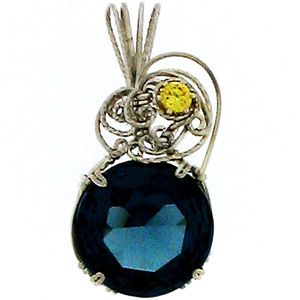 Photographing Your Wire Jewelry
Photographing Your Wire Jewelry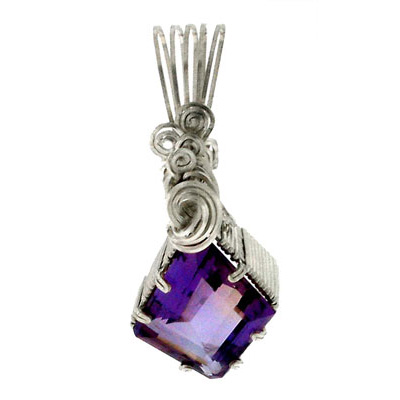 Prong-Setting Ideas for a Cut Stone
Prong-Setting Ideas for a Cut Stone Sterling Silver and Fresh Water Pearls
Sterling Silver and Fresh Water Pearls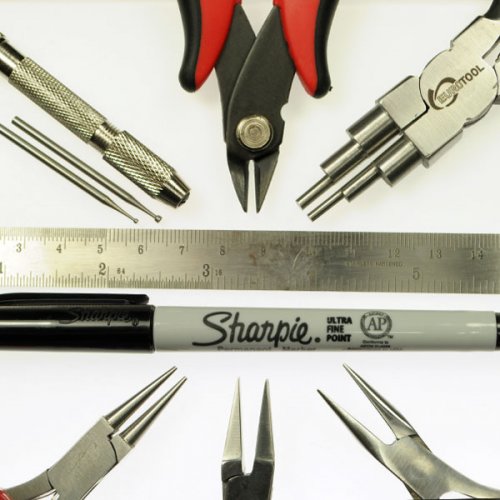 Ultimate Jewelry Tool Shopping List
Ultimate Jewelry Tool Shopping List Wire Jewelry Tool Care
Wire Jewelry Tool Care How to Set Stones into Earring Snapsets
How to Set Stones into Earring Snapsets Make a Finished Ribbon Necklace
Make a Finished Ribbon Necklace


